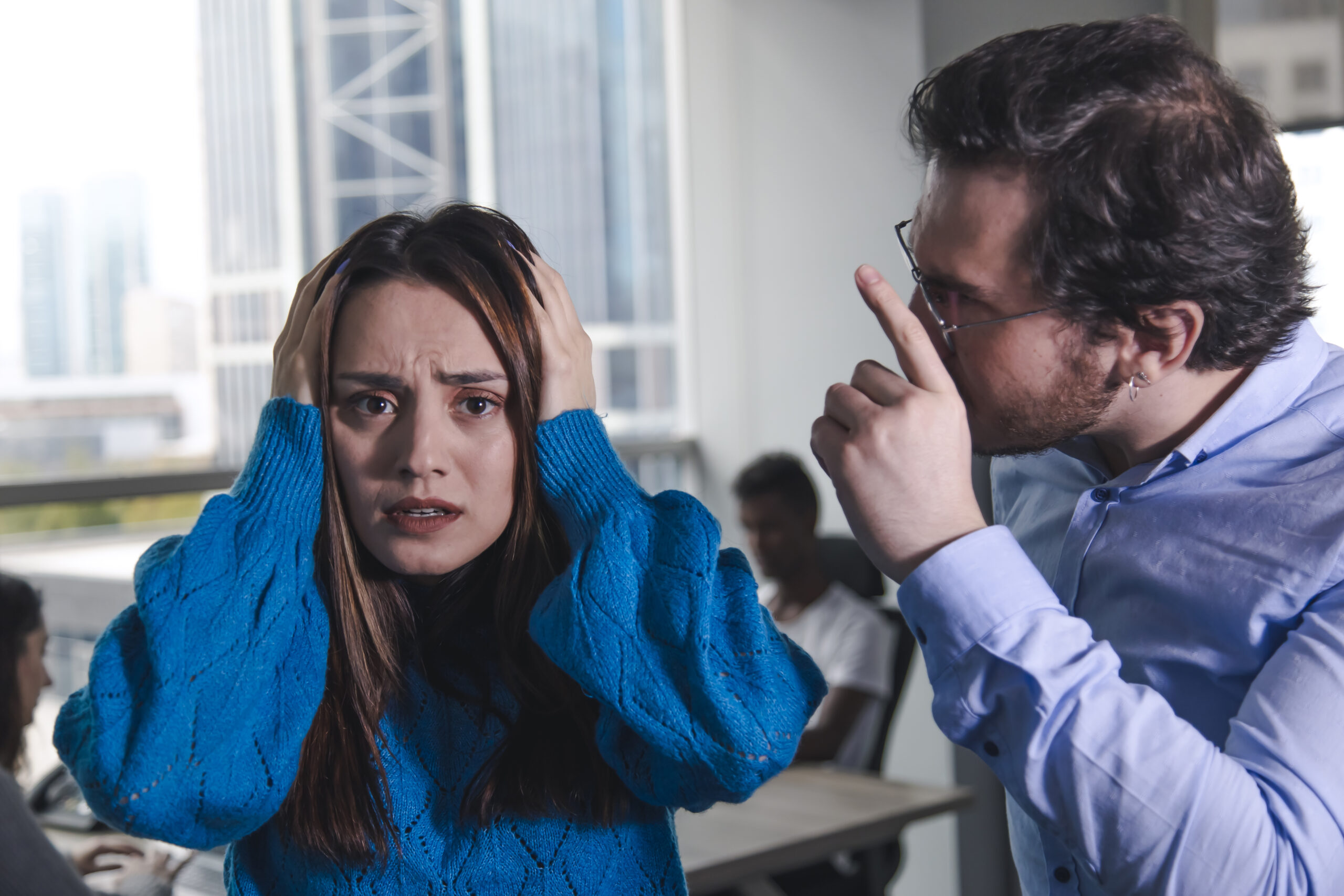Work has undoubtedly taken a specific stance in our society. Workers now look for a job they love that brings meaning to their lives, and enterprises are expected to play societal roles and communicate a worldwide image that positively impacts the world we live in. The war in Ukraine or the Roe vs Wade case in the United States clearly showed this, with enterprises either relocating or accompanying their workers
in specific situations.
But what role are they really playing?
The answer to this question is too complex to be reduced to a simple answer. My humble experience would say it is often the system playing, that the whole is superior to the sum of its parts – the individuals (you can check my lastest blog article on that point). But the system is also led by individuals, and I recommend watching the series super pumped to see anecdotal evidence of that matter.
What I can more easily speak about though is the impact that work environments are having on mental health.
I’ve done many trainings and professional group practice analyses ; and accompanied way too many individuals suffering from work-related stress. The problem is so massive the EU started regulating it a while back: in 2007, work-related stress caused Europe approximately €20 billion annually (Eurofound) and those numbers are likely to have increased since. Psychologist have been slowly paving their way through organisations, and since the pandemic, private investors seem to also be paving their way into the mental health world.
France is behind on those regulations but it eventually had to catch up. A major event in this direction was the Didier Lombard case with more than 60 committed suicides in France Telecom between 2006 and 2011.
So what are we talking about exactly?
Psychosocial risks are those aspects of work, management, and its social and organizational context that have the potential for causing physical and psychological harm. They have common origins and they can impact one another. For example, work-related stress (one of the most frequently identified health risks by workers in Europe) can also trigger workplace violence and workplace violence further increases work-related stress.
Experiencing challenges in our work can energize us psychologically and physically and encourage us to learn new skill, but certain environmental factors (see below)can turn these challenges into stress. And if the stress reaction persists over a prolonged period of time, it may lead to more permanent and less reversible health outcomes leaving considerable impact on a person, and its organization. Underlying chronic diseases can be aggravated, or other disorders triggered: chronic fatigue, burnout, anxiety, depression, PTSD, musculoskeletal problems, and cardiovascular diseases, to name a few.
Psychosocial risks can also lead to work-related violence. Abuse, threats and physical attacks involve explicit or implicit challenges to a worker’s safety, well-being, and health. They can also lead to death, notably by work-related suicide which was the case in the Lombard incident.
Where does that leave us?
A manager or an employer has legal obligations to ensure the safety of all workers. He or she can prevent and manage stress in multiple ways but it often starts with evaluating the source of stress and considering it seriously before it arises or becomes too problematic.
Psychosocial risk factors include
- Excessive workloads
- Conflicting demands or lack of role clarity
- Lack of autonomy and agency (for ex lack of involvement in making decisions or in influencing the way the job is done)
- Poorly managed organizational change, job insecurity
- Ineffective communication, lack of support from management or colleagues
- Psychological and sexual harassment, third-party violence
They can increase absenteeism, turnover rate, work incidents and accidents, and they also impact a company’s image negatively. Psychosocial risk factors also decrease productivity and performance, and reduce work satisfaction.
I have come to believe that if you don’t prioritize your own mental health, it is hard to prioritize that of others. Both employers and employees are responsible for insuring a healthy work environment, with effective communication and adapted work-life balance. This last point is getting extremely difficult in today’s society.
The cases of burnout and moral workplace harassment
The most familiar forms of psychosocial risks are burnout and workplace harassment. The latter is often the consequence of an individual’s affective and personal implications at work which can explain why it is often seen in fields with high personal involvement, commitment and values (cf: education, medical and social services.). It is however not exclusive to these environments and more personal factors can also interfere.
A burnout typically starts with signs of physical, mental and emotional exhaustion. It is then followed by a loss of empathy, feelings of inefficiency, resulting in complete cynicism and loss of meaning.
Possible signs of burnout include cognitive disturbances (ex: attention deficits and memory loss), fatigue, difficulty sleeping or resting, irritability, denial of symptoms, physical pain…
A burnout is basically a depressive process unfolding in reaction to unresolvable work-related situations, though parental-burnout are also being evoked.
Harassment occurs when one or more workers or managers are repeatedly and deliberately abused, threatened and/or humiliated in circumstances related to work. This type of treatment can involve degrading conducts (insults or degrading talks, inappropriate sexual conducts..), lack of recognition (unfair criticism, appointing you with degrading tasks, sabotaging your work) or despise (acting like you are not around, not allowing you to express yourself or ridiculing you in public…).
You can find a heartful testimony of moral workplace harassment in France. It is in French, but I have translated it here.





